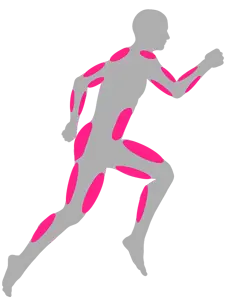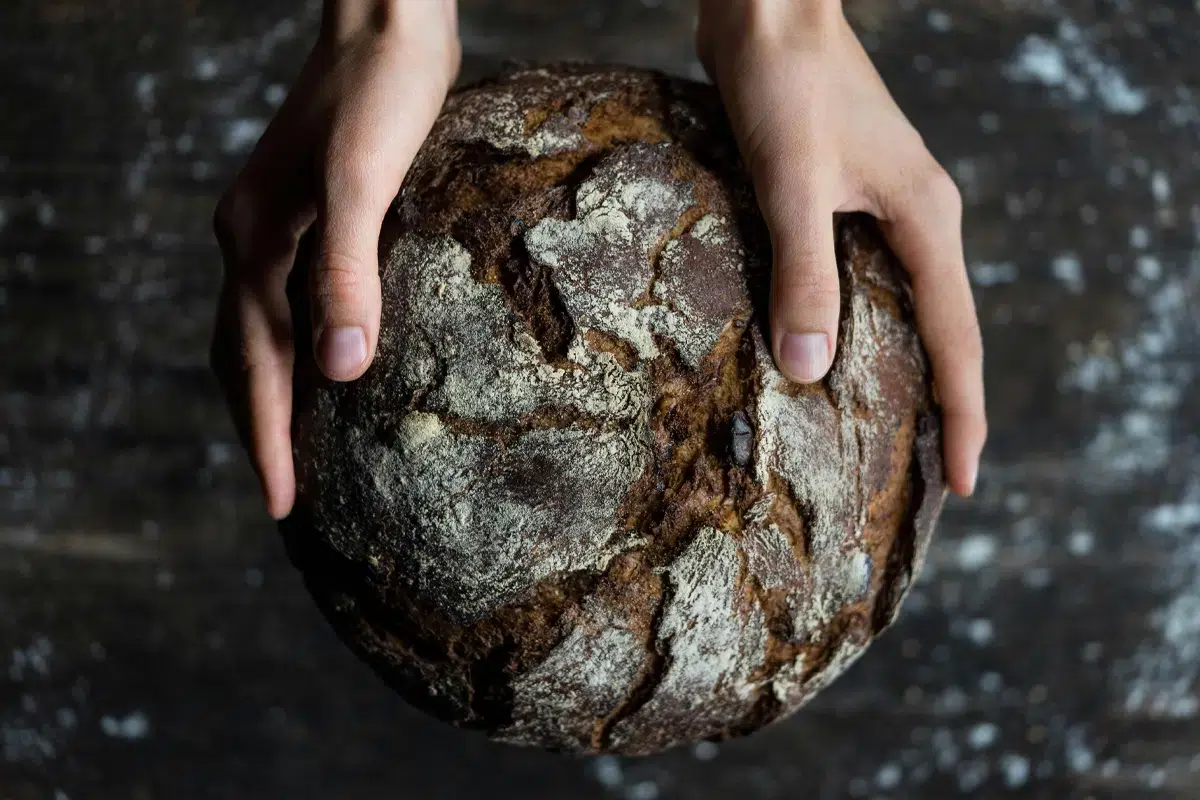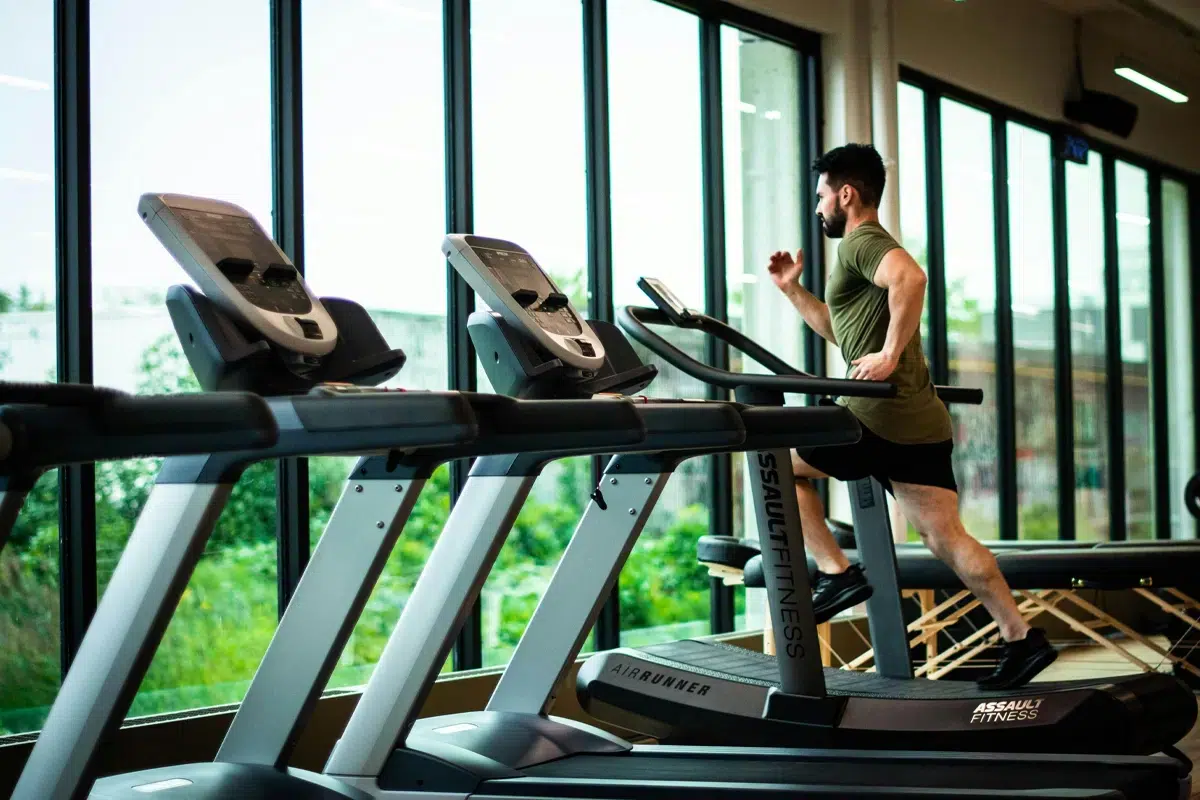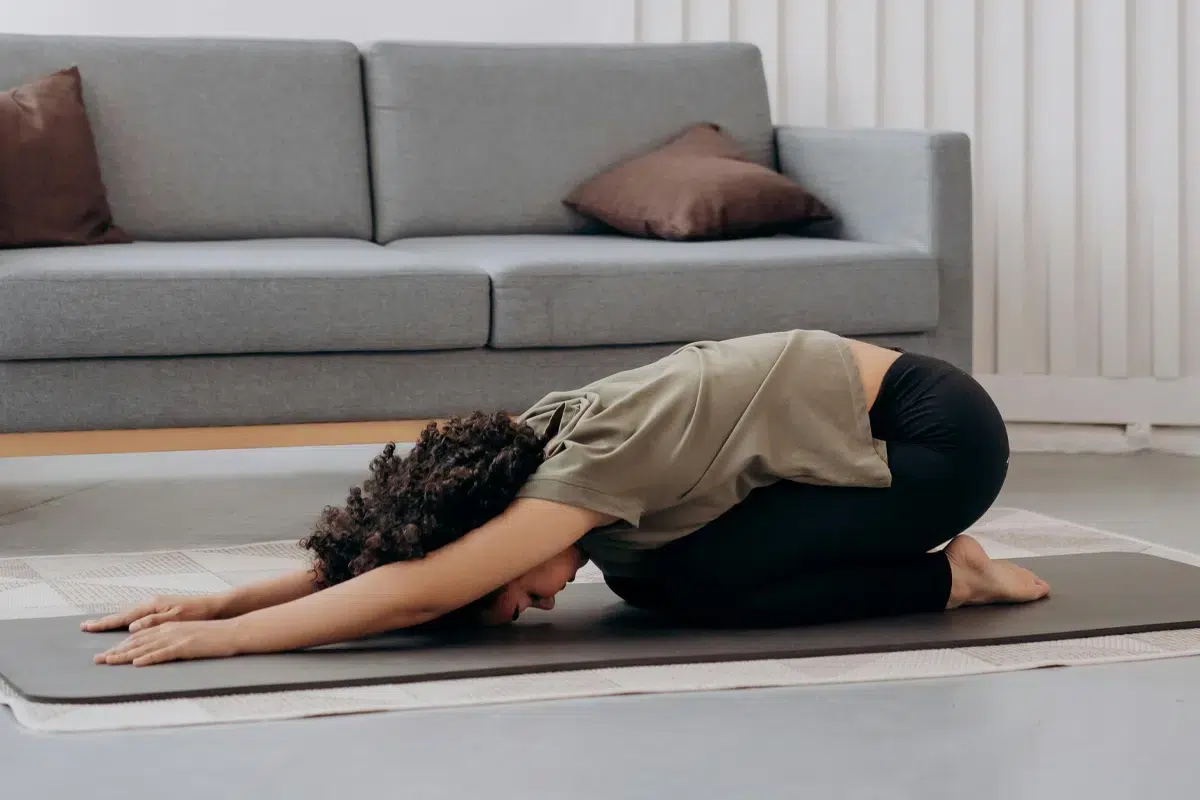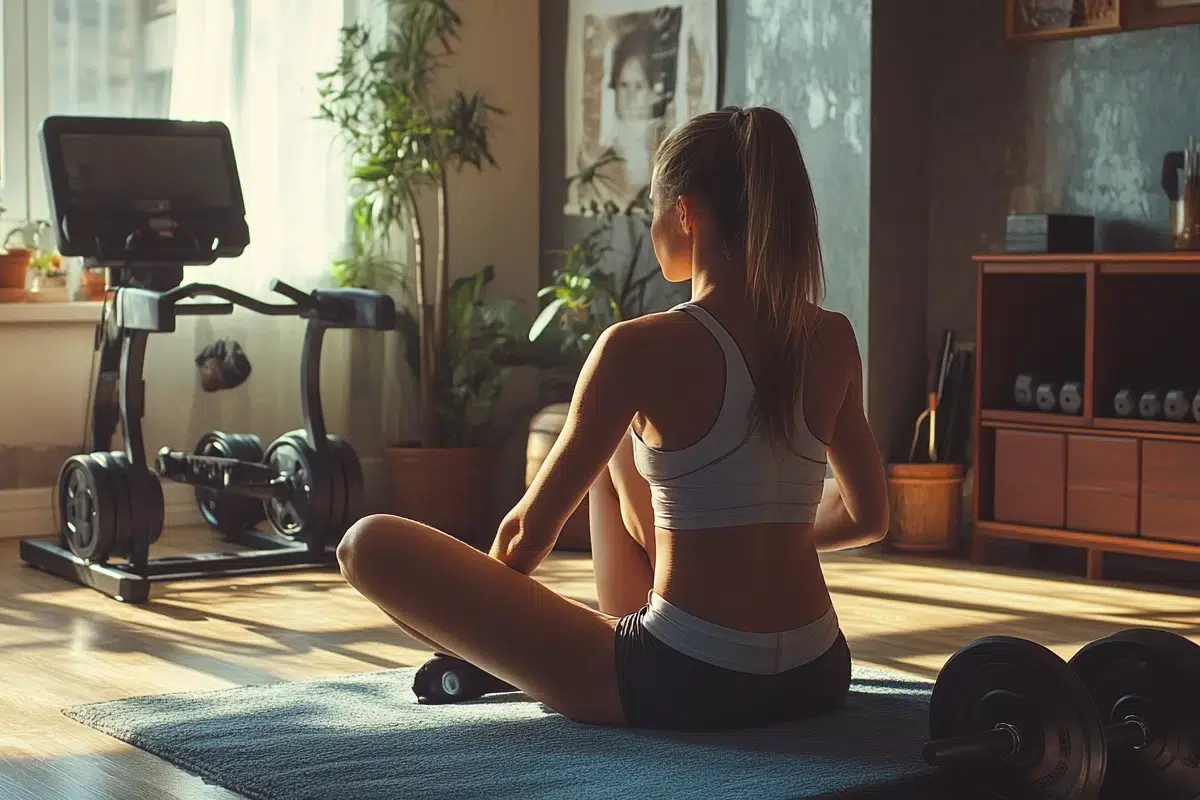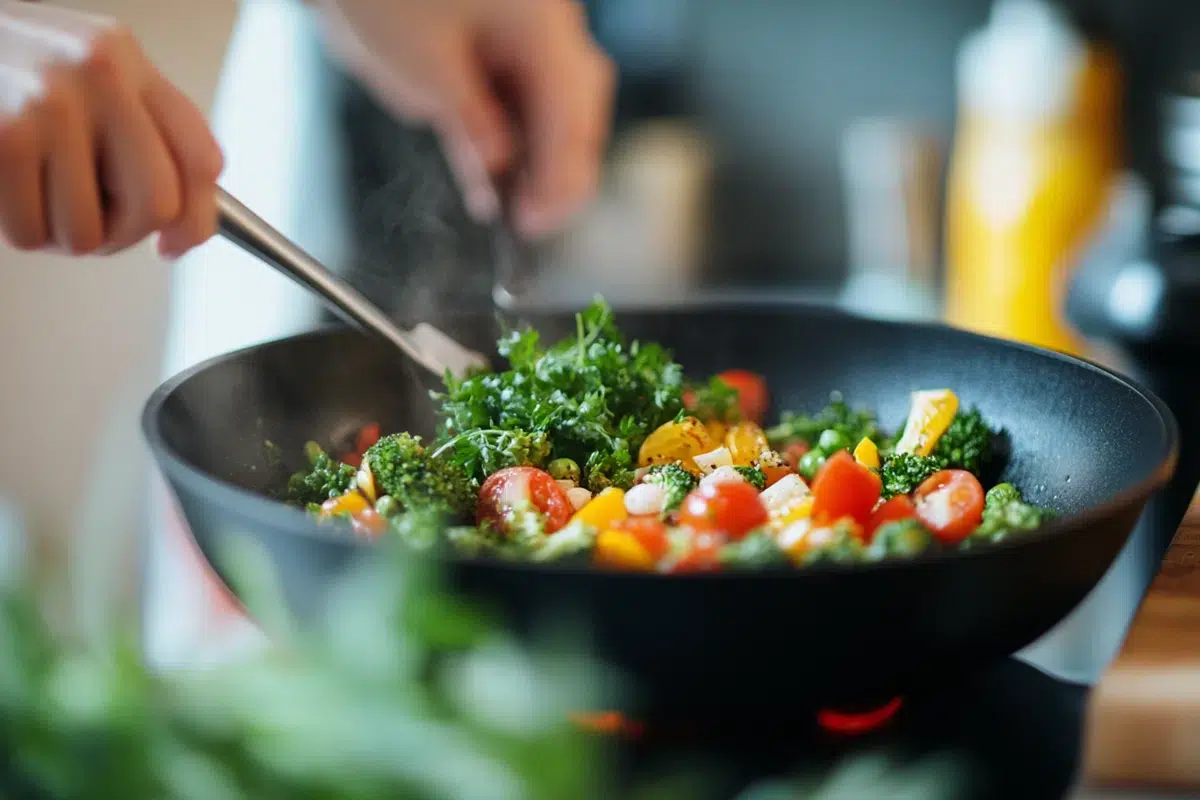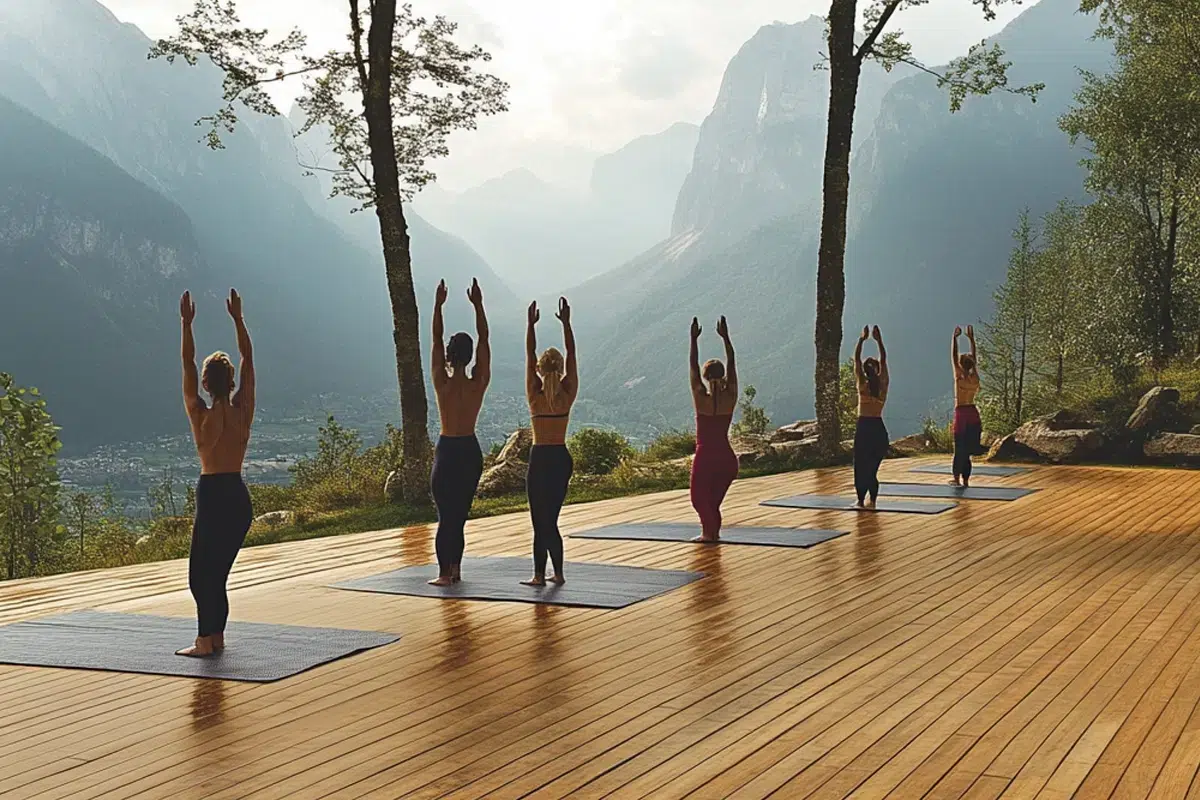Show summary Hide summary
Which muscle group are we activating when skipping?
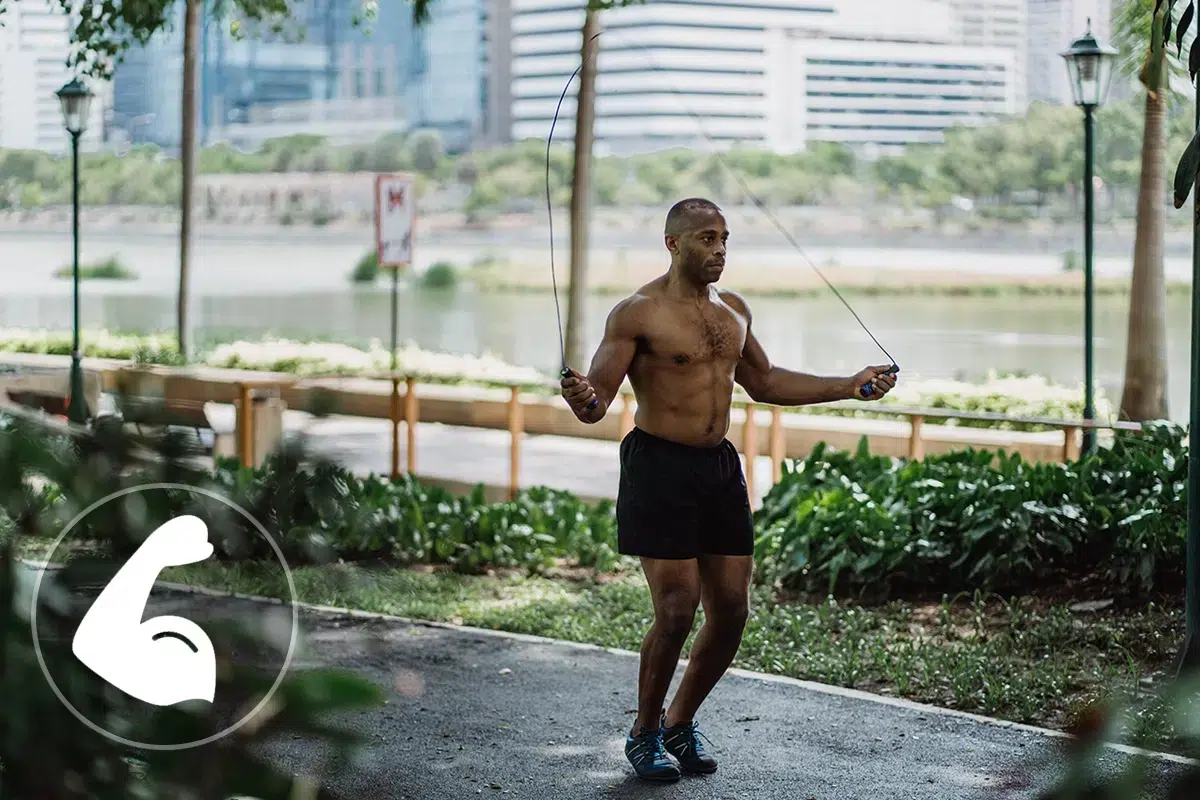
All you need to know about skipping rope
What muscles does skipping work? What parts of the body are we using and toning while skipping? Use the tool below to see the list of all the body parts that are trained while skipping!
Skipping for fitness and strength training
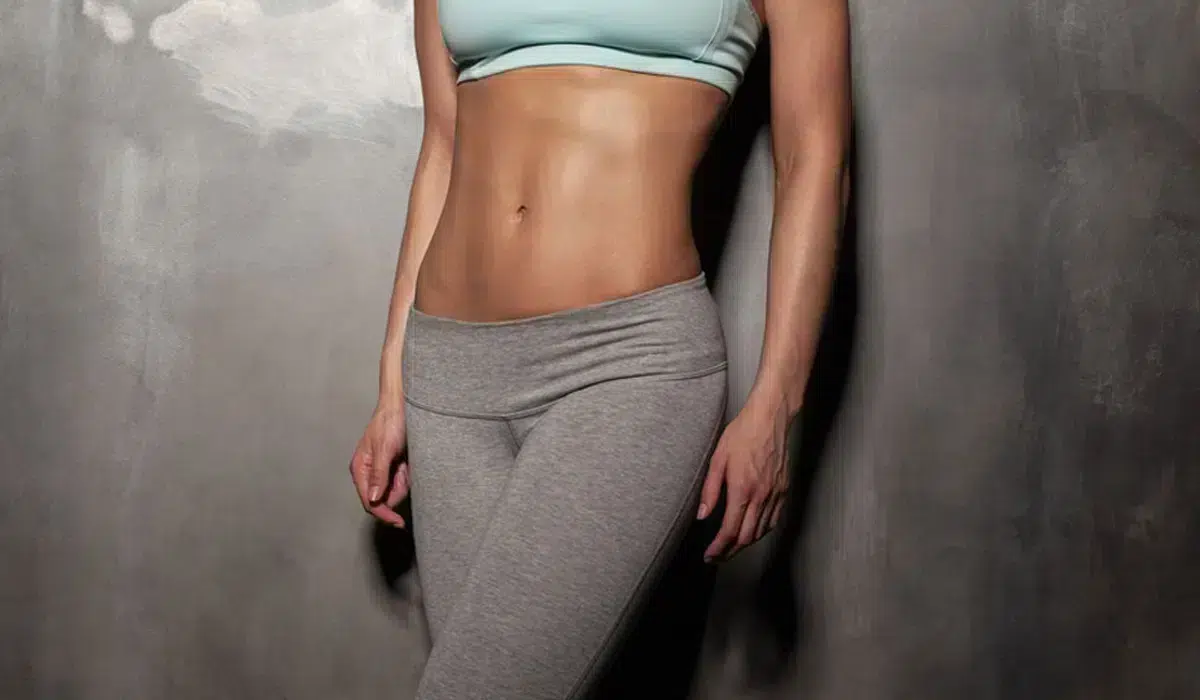
What muscles are we training when skipping?
Depending on the sport practised, certain areas of the body will be worked harder than others, but what about when you’re skipping rope? Will you tone and refine your figure by skipping rope? Below is a list of the muscles and muscle groups strengthened and sculpted by regular skipping!
Jumping rope strengthens the upper limbs (shoulders, arms and forearms)
- Shoulder muscles: These are all the muscles that link the arm to the rest of the body. They include the muscles of the rotator cuff (subscapularis, infraspinatus, lesser ring, supraspinatus) and the trapezius, deltoid, grand dentle and angular muscles. These muscles provide mobility for the arms and shoulders (rotation, elevation).
- The biceps: These muscles are located on the front of the arm and are surrounded by two joints (scapulohumeral, elbow). The biceps comprise two muscles(long biceps and short biceps) which help flex and rotate the arms.
Skipping rope strengthens the muscles of the trunk and pelvis (chest, stomach and back)
- The abdominal muscles: These are made up of several layers of muscle(rectus abdominis, external oblique, internal oblique, transverse), whose function is to flex and rotate the trunk.
- The muscles of the back: The back includes muscles such as the trapezius, the dorsalis major, the rhomboids, the infraspinatus and the round muscle. These muscles play a variety of roles. From the dorsal to the lumbar muscles, they ensure the mobility of the arms and shoulder, maintain posture and protect the spine.
Skipping rope sculpts the lower limbs (buttocks, thighs and calves)
- The quadriceps: These are located at the front of the thigh. The quadriceps are each made up of 4 muscles (the vastus femoris or rectus femoris, the vastus lateralis, the vastus medialis and the vastus intermedius). These muscles facilitate flexion of the thigh on the hip and extension of the leg on the thigh.
- The hamstring muscles: Located on the back of the thigh, there are four of these muscles(biceps femoris, semitendinosus and semitendinosus). They ensure flexion of the leg and extension of the thigh.
- Calf muscles: Also known as the sural triceps, the calf muscles are made up of 3 muscle groups, including the soleus and the gastrocnemius. These muscles help the foot to extend down the leg
IN SUMMARY :
Skipping rope strengthens virtually every muscle in the body. Of course, the lower body is the main target, with intense training of the calves, thighs and buttocks. The more or less sustained jumps require you to keep your stomach tucked in and your back straight, which naturally allows you to work your abdominal muscles and lower back. The arm movements with the skipping rope also strengthen the biceps and shoulders, but to a lesser extent.
All you need to know about skipping rope
What muscles are used in different sports?
All sports in detail!




